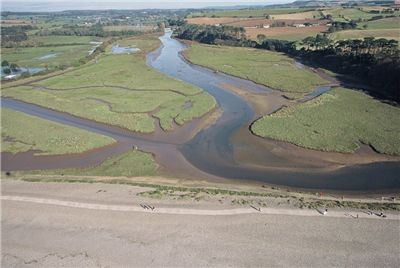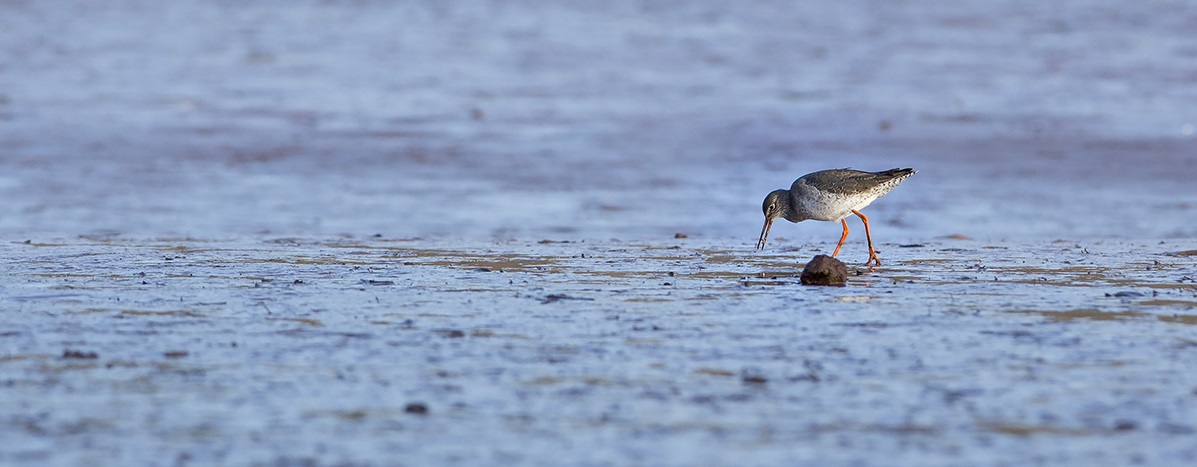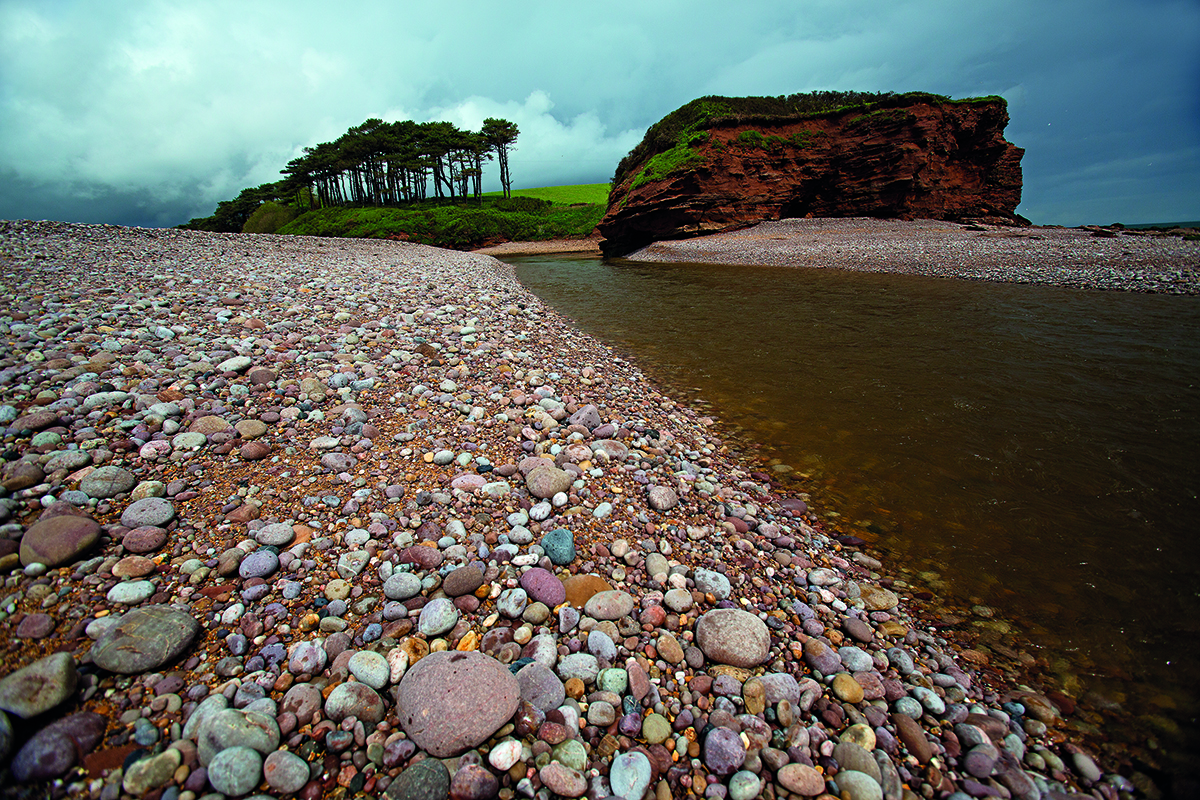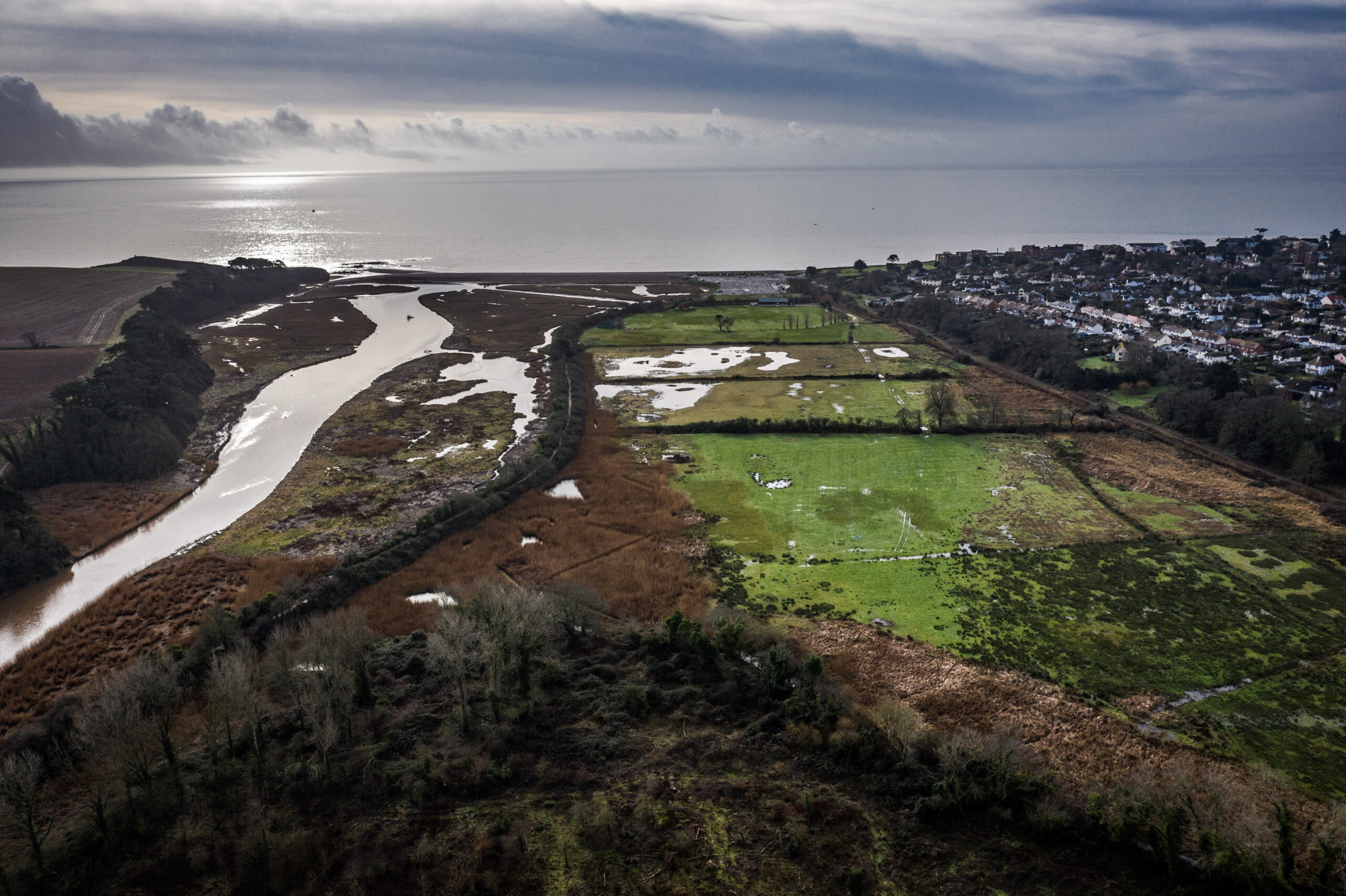background
The River Otter Estuary covers an area of 33 hectares and along with the cliffs of Otterton Point is designated a site of Special Scientific Interest (SSSI) because of the fine saltmarsh habitat it supports and the adjacent Triassic sandstone rocks of considerable paleontological interest. For more information please look here. Part of the area is also a Marine Conservation Zone, for more information see here.
The Pebblebed Heaths Conservation Trust manages and maintains the estuary. The site is adjacent to Budleigh Salteron and is home to one of the most popular footpaths in East Devon, running alongside an old 18th Century embankment that cuts through the floodplain.
The estuary itself contains a wide range of saltmarsh communities, which together with additional areas of reed bed, tall herb and scrub support high numbers of breeding and overwintering bird species. Over 120 species of bird have been recorded on the site, including a number of particular conservation interest, including the whimbrel and black-tailed godwit.
Current work on the estuary includes: increasing wading bird interest through the creation of scrapes on the adjacent marshland habitat; the management of reed beds; the provision of interpretation and the control of invasive species.
Whilst exploring the river please follow the Otter Estuary Visitor Guidance to help protect this special place and show consideration to all wildlife and other visitors.
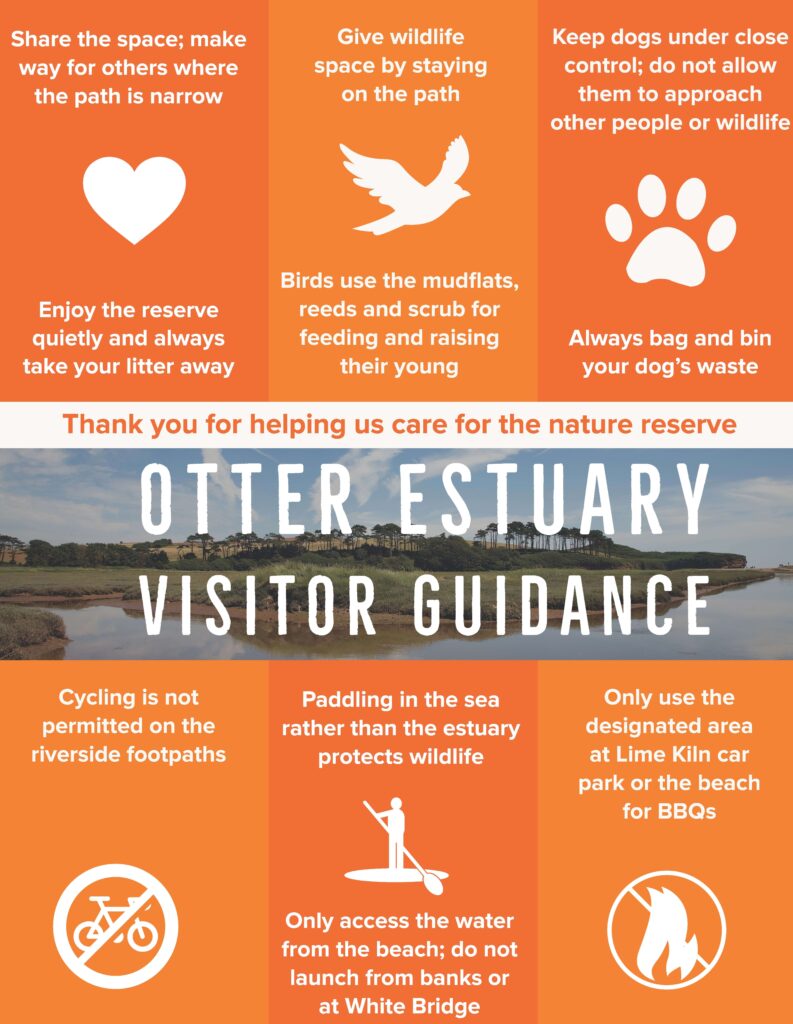
Our local conservation partners include the East Devon Area of Outstanding Natural Beauty, the Otter Valley Association and the Devon Bird watching and Preservation Society.
